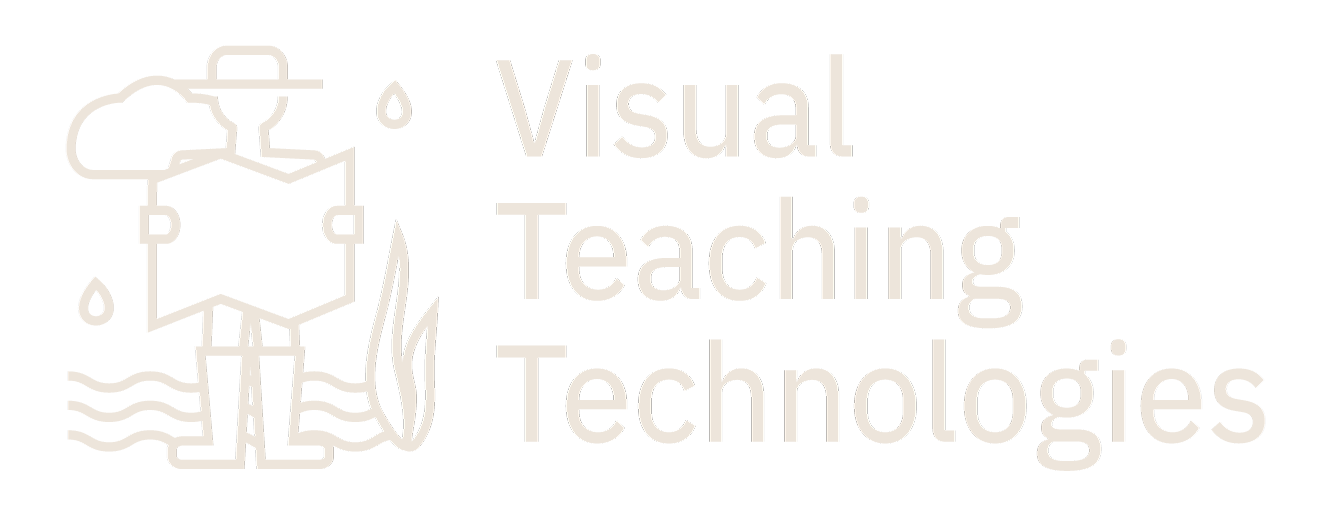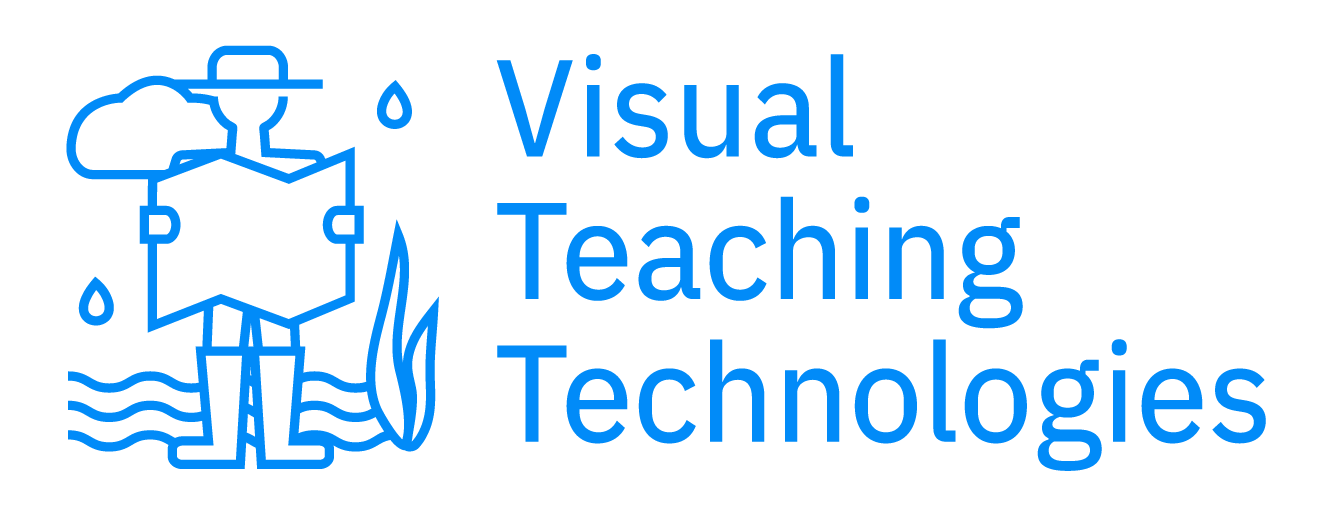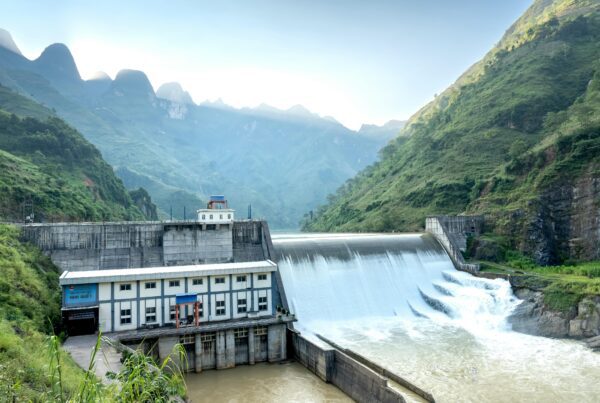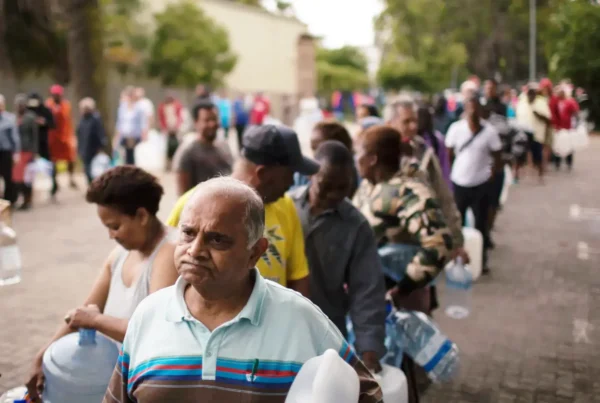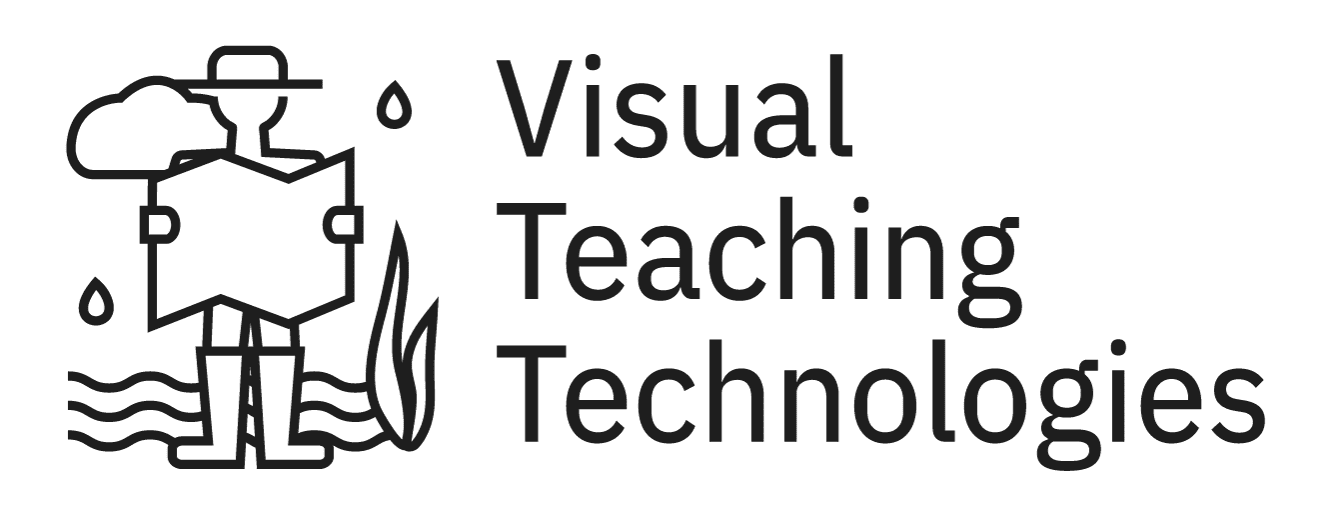Whether venturing to the Outer or Inner Banks*, tourists are drawn to the breathtaking natural beauty, pleasant temperatures, and welcoming culture of North Carolina’s coast.
With its unique authenticity and laid-back environment, Carteret County (a.k.a. the Crystal Coast) is among the “best in state” for tourism spending. Some guests want a quiet, relaxing weekend.
Others come for high-energy/high-attendance events like the Big Rock Blue Marlin Tournament and the NC Seafood Festival. Whatever their reason for coming, visitors love the Crystal Coast.
Residents and returning guests to the area know that summer is typically a time of hot temperatures and storms.
“It’s always hot.”
“We’re used to storms.”
Without question, some summers have been “scorchers” and some have been stormy…
But times are changing, and summers, as we’ve known them, are changing, too.
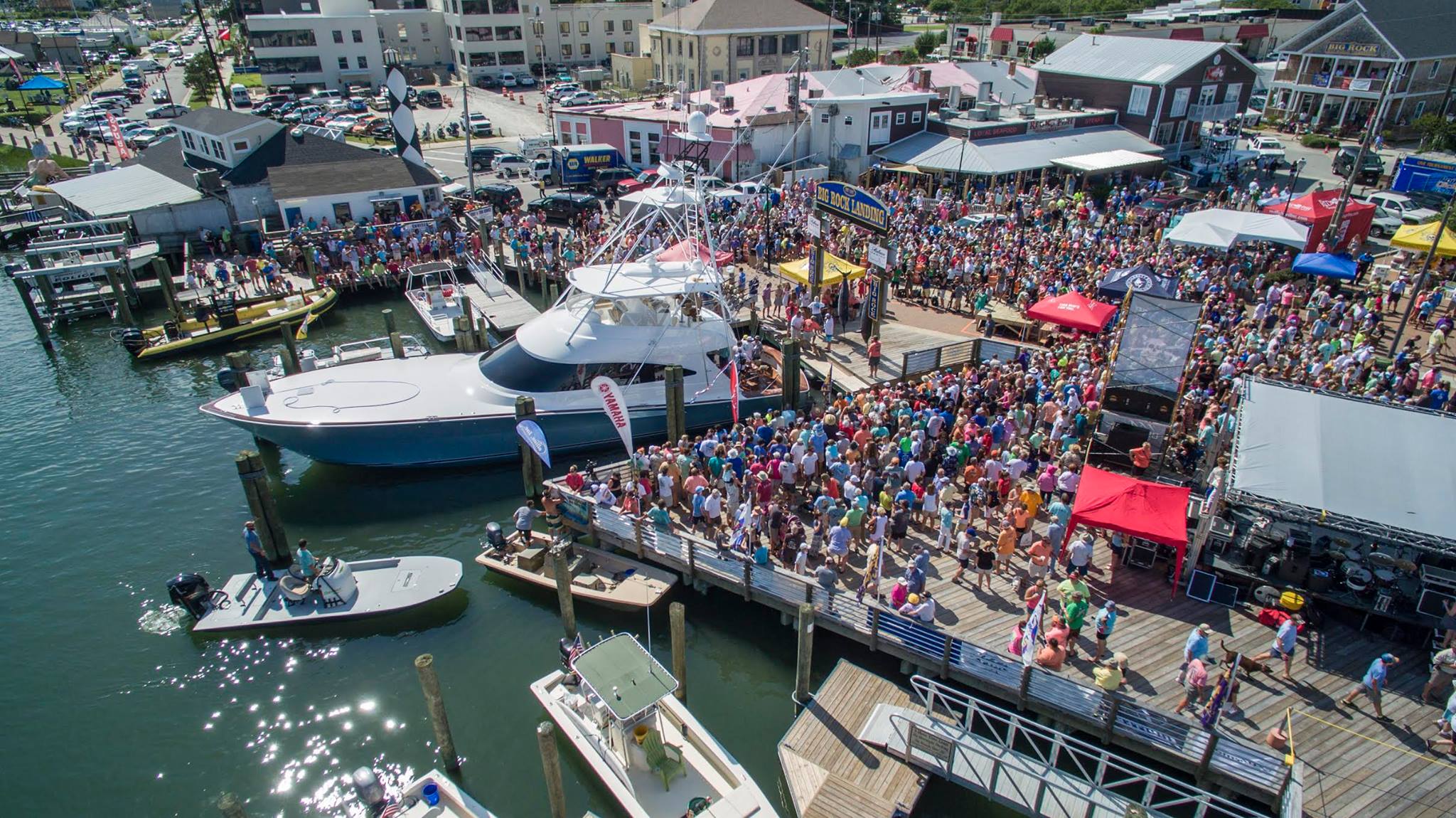
66th Annual Big Rock Blue Marlin Tournament. Photo: VisitNC.com
Spanning from 01 May through 30 November, the heat and hurricane seasons overlap with summer’s tourist season. Globally, it’s hot, and it’s getting hotter.
The National Weather Service now broadcasts heat watches and warnings for temperatures that can (or should) restrict participation in outdoor activities.
In coastal areas, the subtle, but accelerating changes resulting from sea level rise (SLR) continue to amplify events such as King Tides** and intense weather events. Hot air holds more moisture, and more moisture means more intense storms.
The increased amplification of natural disasters and hazards, from heat waves to hurricanes, may threaten the visitor experience during tourist season and the coastal towns that rely on tourist revenue.
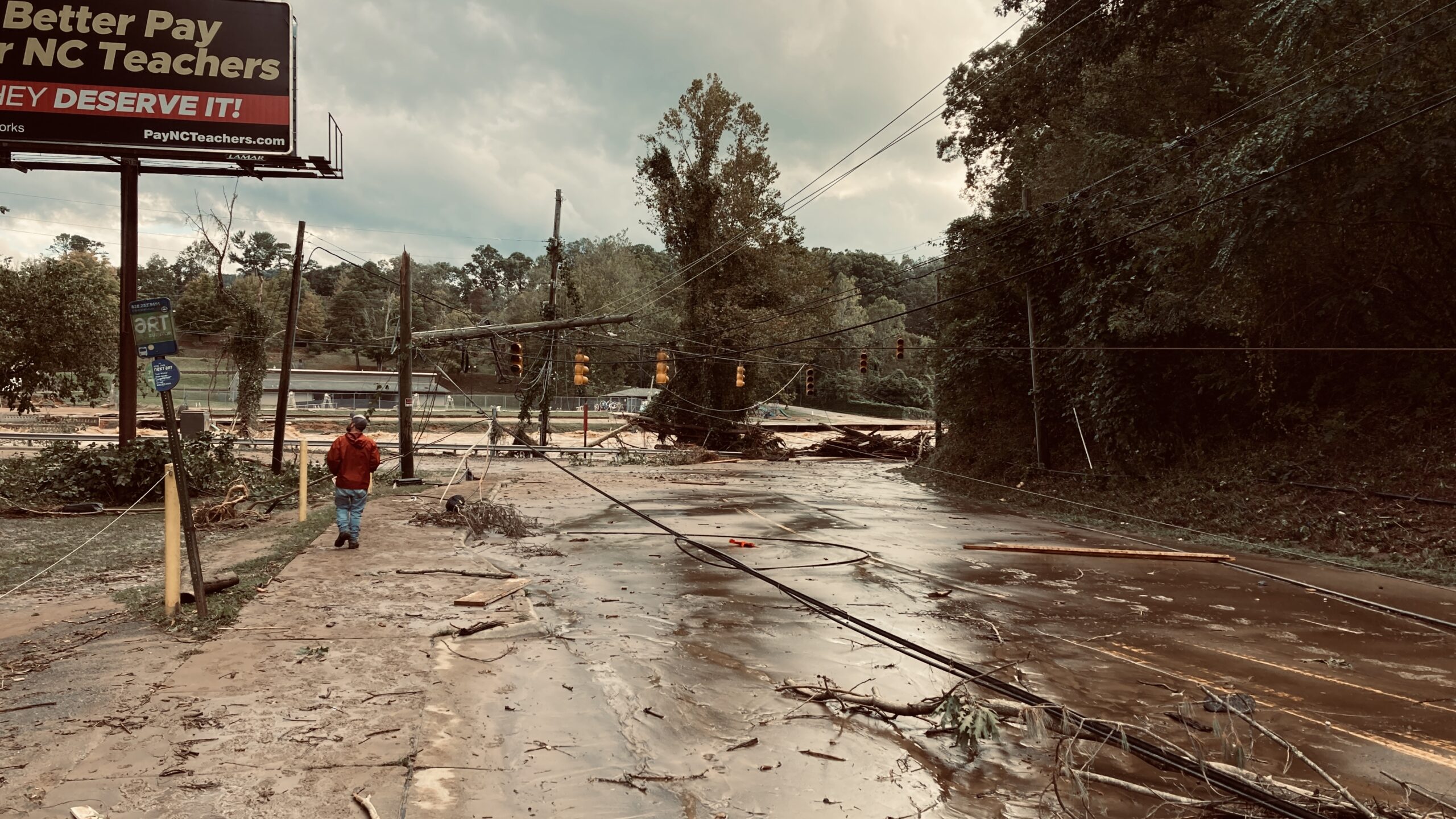
Devastation in Asheville after Hurricane Helene, 2024. Photo: Bill McMannis/Wikimedia Commons.
Climate-related stressors (think water and heat) can harm the ecological and economic health of coastal communities.
How can these communities create an environment that assures the health and safety of tourists and the blue economy businesses they support without frightening tourists and business owners away?
"
Acting with the intent to protect and nurture guests and blue economy businesses can be more beneficial to a coastal community’s “brand” than not acting, which can be seen as negligent or uncaring.
2024 Blue Economy Risk Factors
The NC coast is “an energetic, complex, and diverse waterscape superimposed on the geologic and biologic landscape… overlain with a rich but conflicted human history.”
Ecological and economic vitality and vulnerability are intertwined. While a comprehensive analysis of the Crystal Coast’s blue economy is beyond the scope of this article, it’s important to understand the elements of human-environment interaction tied to the tourist industry.
Environmental Hazards
Water 💧
- Flooding: The spring and summer seasons amplify the risk of natural hazards on the coast of Eastern North Carolina. King Tides are Spring tides, “springing forth” during the time of a new or full moon. These predictable and normal events are amplified by rising sea levels, which causes them to present higher and to travel further inland. Events such as tropical cyclones, intense precipitation, high tides, and storm surge, can occur simultaneously and heighten the chance of compound flooding. Runoff from flooding events brings a load of nutrients and bacteria into our rivers and estuaries leading to poor water quality.
- Storm intensification (attributed to higher temperatures and higher rates of evaporation putting more moisture into the atmosphere)
- Storm surge
- Erosion
- Habitat loss
Wind 🌬️
- Associated with low-pressure systems, ranging from Gale force to hurricane force, winds can cause higher storm surges and tides (an issue particularly during King Tide events).
- Erosion
Heat 🔥
- Extremely hot times can inflict devastating impacts on human health, ecosystems, agriculture and economy. As global temperatures continue to be broken worldwide, NC coastal areas, too, are heating up.
- The observed changes and associated effects of heat waves (atmospheric and ocean) are projected to soar under continued global warming “posing unprecedented risks and potential irreversible damages to ecosystems.”
- Humid conditions exacerbate atmospheric heat. Warm air holds more moisture, adding to the North Carolina coast’s naturally humid environment. Outdoor recreational or work activities during high heat times can put people at risk.
- Ocean heat content impacts aquatic life in the water and contributes to storm severity.
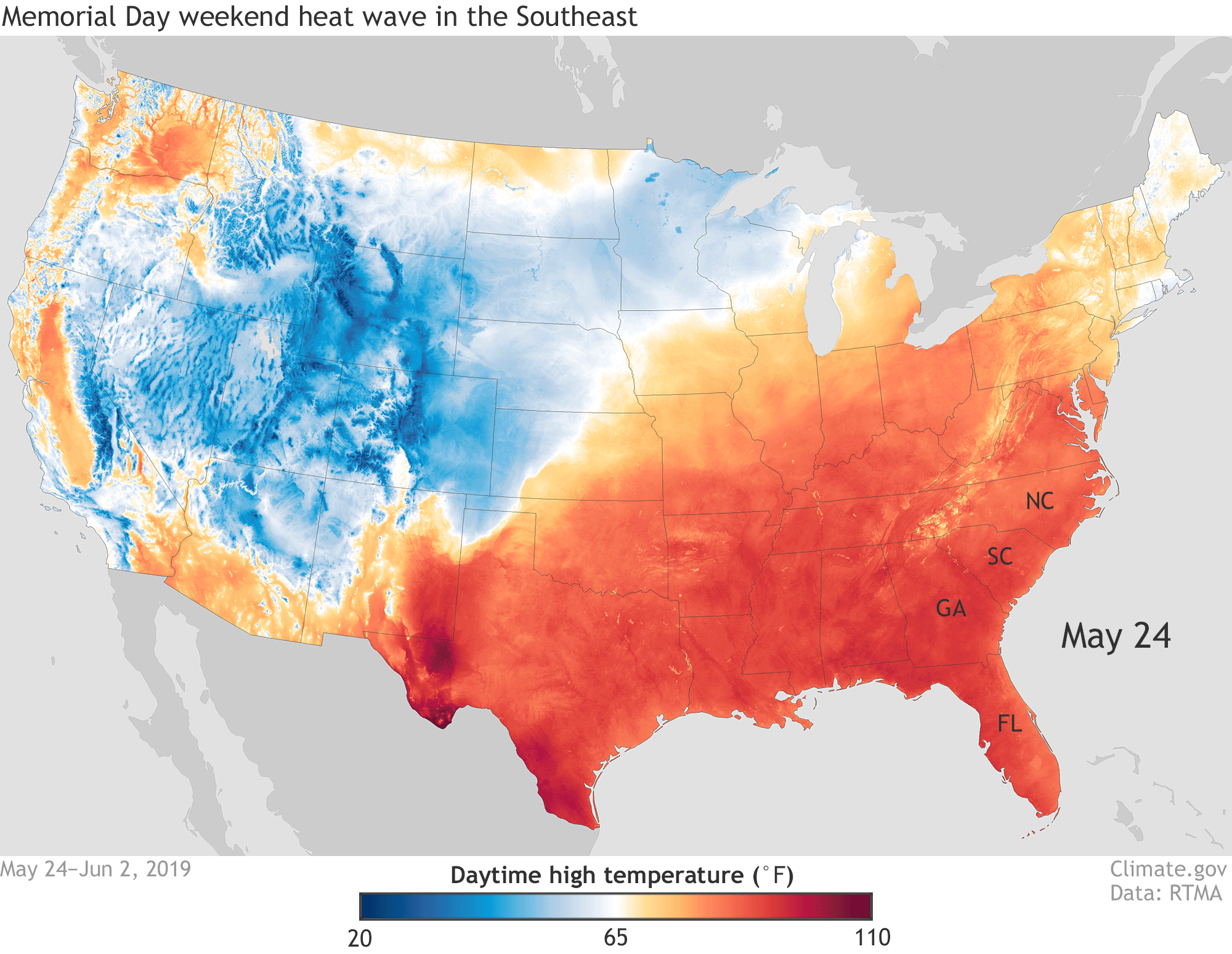
Physical Vulnerabilities
Coastal communities in Eastern North Carolina face heightened vulnerability to natural hazards, especially those associated with compound flooding events, due to their unique geographical features.
Barrier islands, along with sounds and estuaries, form a complex coastal landscape that exacerbates the risk of flooding. Additionally, the low elevation and flat topography of the region leave coastal businesses susceptible to inundation from storm surges and rising tides.
The constant shifting of shorelines further increases these challenges, while outdated infrastructure, such as unelevated buildings, adds another layer of risk, underscoring the urgent need for comprehensive resilience planning in these coastal areas.
Economic Vulnerabilities
Heat and water can cause coastal businesses economic loss in multiple ways.
Rising temperatures not only will require more use of cooling systems, driving up costs and adding stress to these systems, but employee retention rates drop.
Extreme heat conditions can deter workers, especially those working in outside conditions that support the tourism industry. Hot work environments can make it hard for businesses to keep adequately staffed in busy tourist season.
In addition to workers, tourists whose dollars support blue economy businesses may be reluctant customers if a business (or event!) is not cool. This potentially impacts revenue streams for many businesses such as restaurants, resorts, and even recreational activities.
There is also a risk of fines if employees or customers are being exposed to unsafe environments due to heat exposure in our businesses. Businesses are no longer able to brush off heat as just a part of the job, as our temperatures continue to rise to dangerous levels.
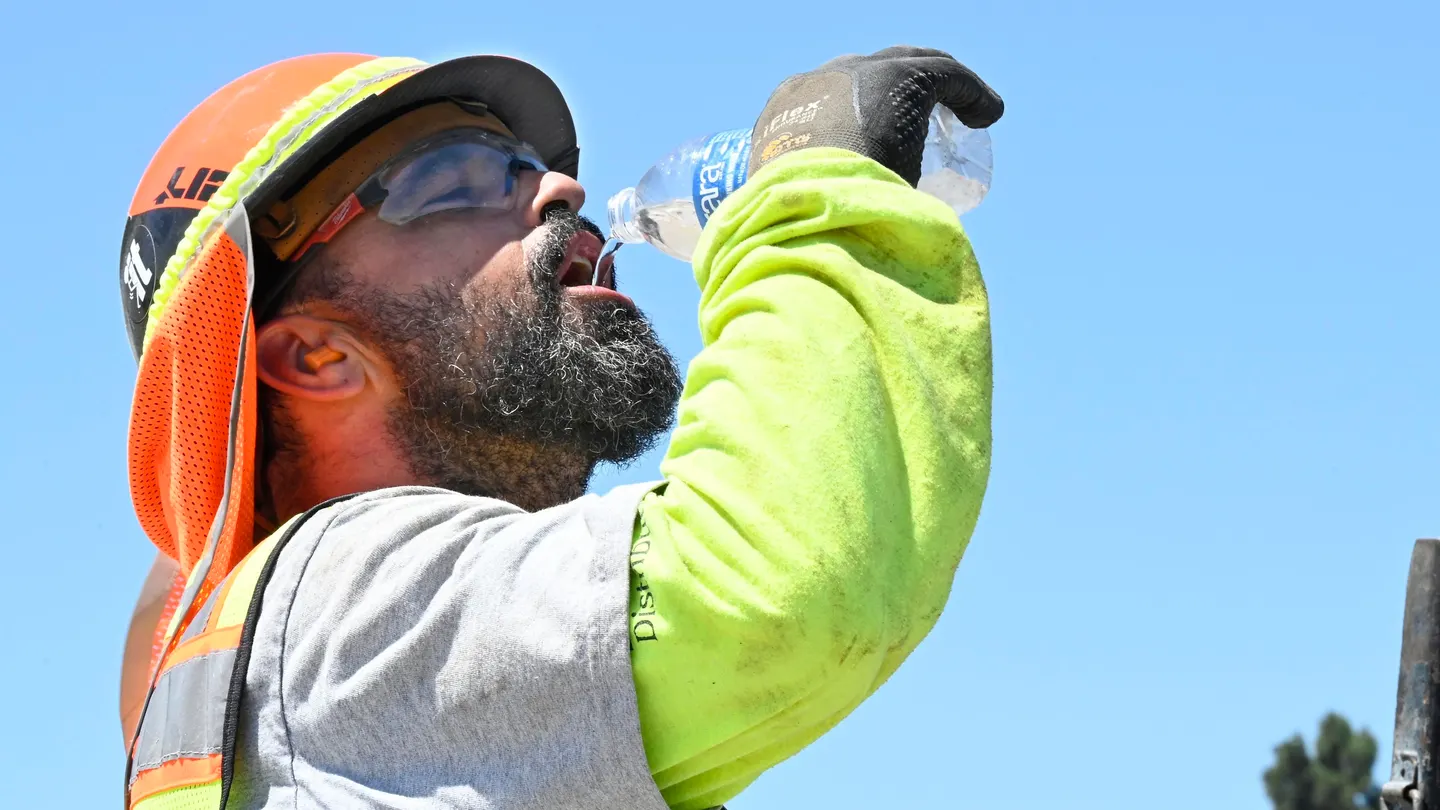
44 states in the US still have no regulations mandating shade, rest or water for outdoor workers. Photo: MediaNews Group via Getty Images.
As compound flooding events become frequent, it is important to understand the economic impacts it can have when looking at blue economy businesses.
Rising tides and flooding may prevent visitors and employees from accessing a business. Even businesses without a physical location, e.g. ecommerce, may be challenged by water and heat issues.
Stress on the power grid from heat or outages (internet and power) due to extreme weather is likely to occur. When there is a lack of access to necessary infrastructure, there can be major delays in getting the grid back up and running.
Businesses are not just facing potential economic loss from lack of access. Extreme flooding drives up insurance premiums. Heat and flooding can cause physical damage to inventory and equipment.
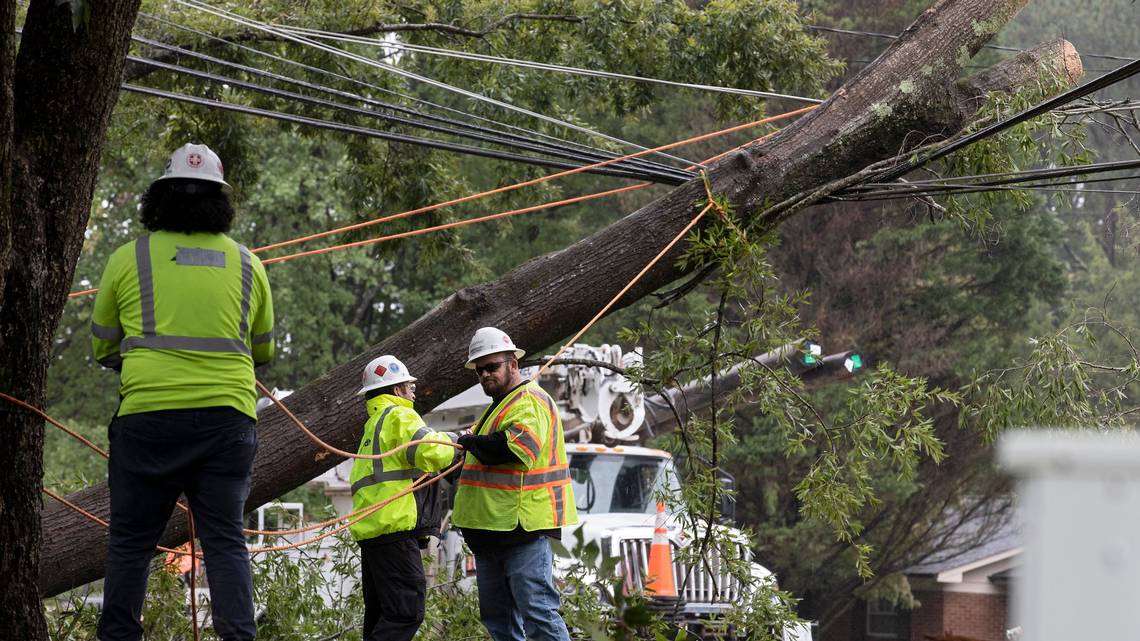
Crews work to clear a tree that fell on power lines following Tropical Storm Ian in Durham, N.C., 2022. Photo: Kaitlin McKeown.
Blue economy businesses tied to the tourism sector may have substantial losses unless they prepare adequately for these occurrences.
Intentionally addressing these challenges requires adaptation measures and sustainable development strategies to protect tourists and to safeguard our coastal businesses from increasing climate risks.
3 Ways Blue Economy Businesses Can Take Action Now
Be Protective of Customers and Employees
Outdoor businesses and events can offer cooling stations, shaded (out of the sun) places with:
– Adequate tables and chairs
– Washcloths or quick-drying cooling towels
– Plenty of chilled water
– Basic First-Aid supplies
– Fans to increase ventilation
Participate in Blue Economy Business Forums
Since 2023, Visual Teaching Technologies (VTT) has worked with local businesses to increase awareness of the impacts of heat and water (climate change) along the Southern Outer Banks and Crystal Coast.
The purpose of the Blue Economy Business Forum is to provide actionable support for local blue economy businesses.
This is a venue where (1) business owners can provide insight on heat and water conditions facing them, (2) experts can offer updates on heat and water, and (3) adaptive, resilience strategies can be shared.
The goal is to help blue economy businesses be resilient now and be ready for a climate-altered future.
Information gathered is used to educate and influence local and state agencies and to find funding for adaptive management programs that apply to the challenges the communities face.
To hear more about the Blue Economy Business Forum, check out our news feed article covering VTT’s radio interview!
Programs like the BEBF emphasize collaboration within the business community to help bring awareness to the challenges to tourism-related businesses and the people they serve.
Participate in Data collection
Organizations such as Wetlands Watch and the initiative Catch the King utilize community engagement to tackle issues of amplified King Tides and flooding throughout coastal Virginia and North Carolina.
Wetlands Watch 🐟
Wetlands Watch is an organization based out of Virginia dedicated to preserving the health of wetlands.
This organization utilizes both a top-down approach, through state and federal policy, and a bottoms up approach (grassroots advocacy), collaborating with the local communities and organizations, to push for land use and regulations that help to protect the existing wetlands.
Their Catch the King initiative, which has recently expanded from being solely Virginia-based to our very own coastal counties of North Carolina, is an excellent example of how they utilize their model.
This program utilizes NOAA grants for funding and collaboration from local community members to collect data on flooding (See section below).
Catch the King 🌊
Catch the King is a community science mapping event that uses an app and community members to map out annual flooding from the King Tides.
Residents are able to use the app to drop GPS pins on the perimeter of flooding allowing data to be gathered on where flooding is happening and how far it is going. This community gathered information that is then utilized by the organization and Virginia Institute of Marine Science to validate flooding prediction models.
VTT is exploring a Catch the King cohort of downtown Morehead City business owners.
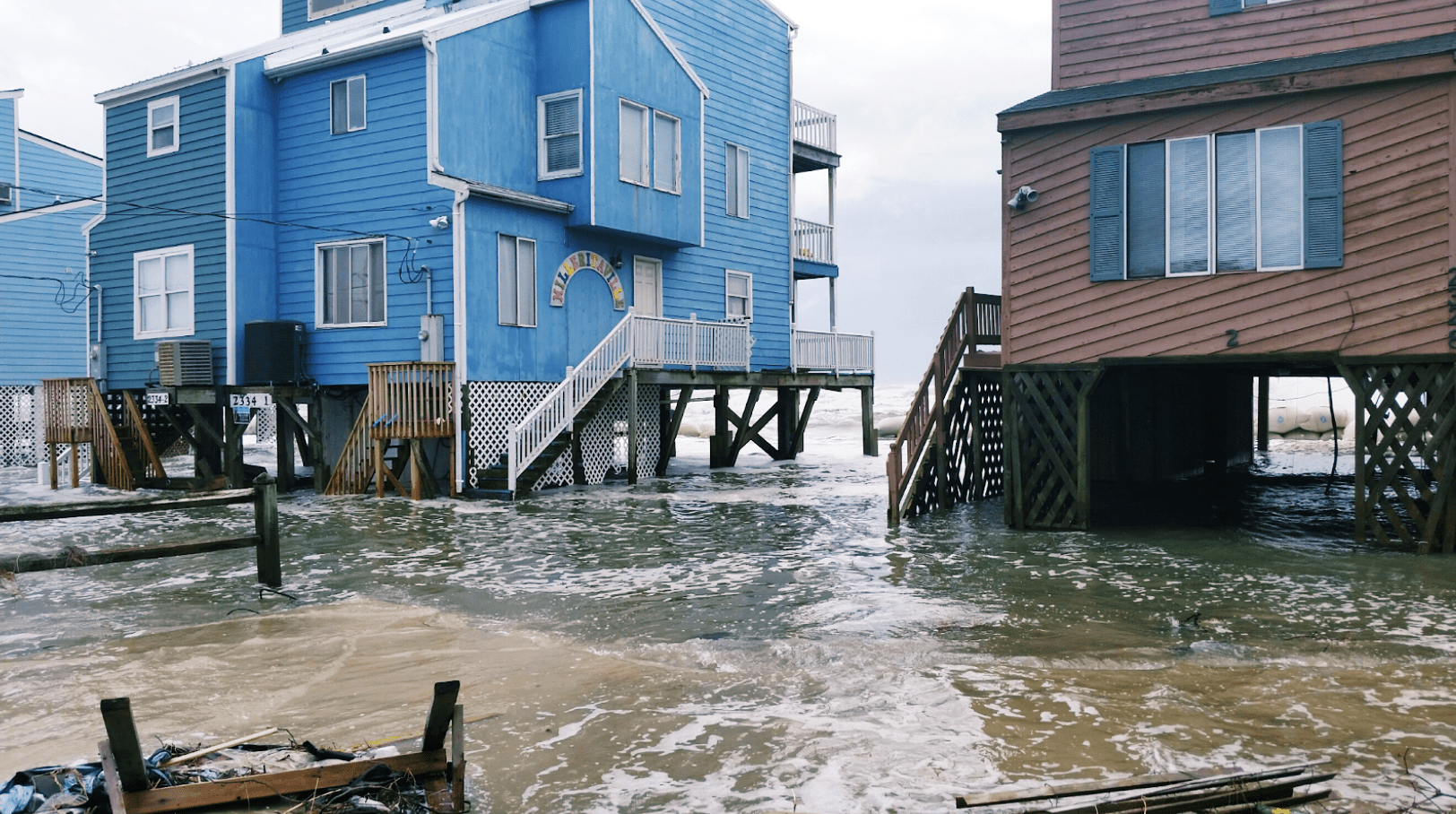
Coastal flooding at Outer Banks, NC. Photo: North Carolina Department of Transportation.
Addressing climate impact issues in tourist-oriented coastal communities demands an approach that combines grassroots initiatives with top-down strategies.
While grassroots efforts empower local communities to mobilize and implement tailored solutions, top-down approaches provide the necessary support, resources, and policy frameworks to enact meaningful change at scale.
Blue economy businesses along the Crystal Coast can start today by developing and implementing hazard mitigation plans for the tourist sector.
Blue economy businesses can utilize resources such as ReBuild NC’s Heat Action Tool Kit to prepare for extreme heat during the tourist season. Preparing ahead of time for extreme weather can help to ensure the health and safety of businesses, employees, and customers.
It’s time to be climate compatible now and ready for the climate-altered future.
*The term "Inner Banks" is essentially the inland coastal region of eastern NC, which includes the counties that touch the tidal waters that move between the Outer Banks and the shore of the state.
**King Tide is a non-scientific term used to describe the predicted highest high-tide and lowest low-tide events of the year.
